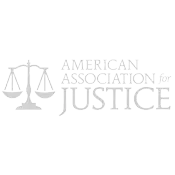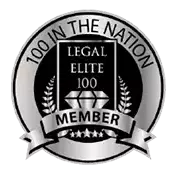Accident Scene Photography Tips
If you are involved in a car Accident, it is vitally important to gather evidence as soon as possible, to protect your interests and legal rights. A critical piece of evidence in any accident lawsuit or insurance claim is a collection of Accident scene photographs.
Today, more than ever before, people have the tools they need to obtain photographic evidence immediately following an accident. With mobile devices, dash cams, and small digital cameras everywhere, an accident victim and/or bystanders can take photos of the automobiles, the damages, the weather conditions, the physical scene, and many other details of the crash site. These photographs can help with insurance claims, and can be a great help to a car accident lawyer retained to pursue a personal injury or wrongful death lawsuit.
Car accident attorneys advise clients to take many, varied, and detailed images of the scene. This photographic evidence, especially pictures and videos taken immediately following the crash – and before cars, obstructions, or signage is moved or changed – can support your version of events, and can also help to restore details to faded or confused memory when you are later asked to recall the event in settlement meetings or in court.
Still photographs and videos can be taken on iPods, tablets, cell phones, and dash cams, as well as everyday cameras. One benefit of today’s gadgets is that you can see exactly what pictures look like as you take them, so if an important image is blurry, is obscured by glare, or is otherwise unhelpful, you can take another. It is important to use a flash for clarity, and to enable the date/time stamp on whatever device you are using, for more precise evidence.
An experienced car accident lawyer will advise you to take as many pictures as possible, to ensure that you capture details that may be important later on, even if you don’t realize their importance at the time of the accident. Some of the most important images you should focus your efforts on are:
- All vehicles involved in the accident
- As much of the damage to each vehicle as you can see
- Skid marks
- Collision damage to curbs, guardrails, and other objects that may have been impacted
- Debris from the accident, such as pieces of the vehicles and broken glass – and evidence of where this debris landed in relation to the vehicles involved
- Lane markings, street signs, traffic lights, and other details of the accident site
- Driving conditions, such as weather, lighting, and uneven or slick surfaces
- Visible injuries to yourself, your passengers, and (with consent) anyone else involved in the accident
It is wise to take close-ups of important details, as well as medium-distance and longer-distance (even panoramic) shots for an overview of the scene. When taking longer-distance shots of the accident scene, it is a good idea to keep a recognizable stationary object in the background of each shot, to establish distance and scale.
Accident scene photographs can have a significant bearing on your case. A knowledgeable car accident attorney can utilize your photographic evidence to help you recover the compensation you deserve for your injuries. If you have any questions about an accident you or a loved one were involved in, contact the Fort Lauderdale accident attorneys of Madalon Law and they will answer your questions at no cost.





